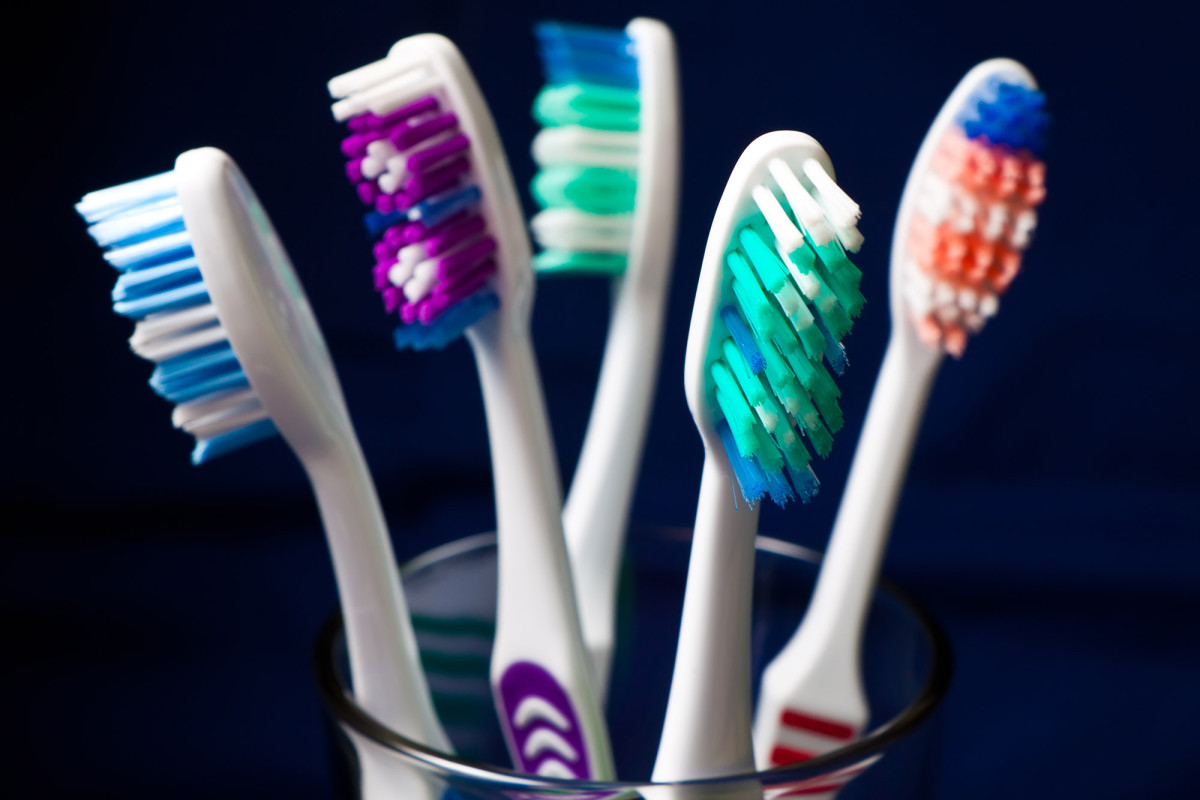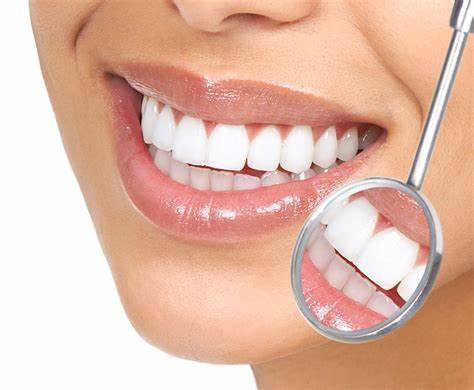How does a traditional nylon toothbrush cause the gums to disappear?

I know it's hard to believe that taking care of your teeth can damage them, but millions of people suffer from gum disease every year. The first problem with brushing teeth is that many people brush their teeth improperly, too frictionally, too often. They will rub off the thin enamel of the teeth and erode the gums. This can also cause the bones under the gums to disappear and the roots to be exposed. This can lead to sensitivity and root decay.
Without realizing this, people did not really clean the area where most diseases originated in the teeth when brushing their teeth. Although you may not believe that periodontal disease can have a slow effect on your body, more than 75% of adults over the age of 35 will develop some degree of symptoms and signs. In fact, gum disease is the leading cause of tooth loss in adults worldwide.
In addition, recent research suggests that there may be a link between gum disease and other diseases in the body, including diabetes and heart disease. These studies speculate that bacteria in the mouth (a cause of gum disease) can be transmitted through the blood. Bacteria can cause thrombosis and arterial stenosis.
After all, when people brush their teeth, they don't clean the source of most diseases. Toothbrushes, toothpastes, mouthwashes, no matter what they do, are not caught between the teeth. Only floss or other interdental equipment can break the teeth between the plaque nests.
During my 40 years of dental and periodontal disease career, I saw a recurring theme of how gum disease develops. Traditional thinking tells us that poor oral hygiene is the primary cause of gum disease. However, due to the threatening strategies associated with this idea, including images of bad teeth, many people are forced to brush their teeth excessively. As a result, people are damaging their healthy teeth and gums.
One phenomenon is the excessive brushing of the teeth with a nylon toothbrush, which causes the gums to disappear. This is the so-called gum recession. Each year, approximately 24 million people suffer from the disease known as the "toothbrush disease" at the School of Dentistry of the Georgia School of Medicine. This term means gum atrophy and root surface wear due to excessive brushing, resulting in gum atrophy and periodontal tissue allergy. He gritted his teeth. This is why dentists have switched from a hard-bristled toothbrush to a soft-bristled toothbrush.
Excessive brushing of the teeth can result in reduced enamel and backlash of the gums. Gum disease can cause. As the teeth become more sensitive, the gums fade away and the plaque becomes harder into the mouth.
What most people don't know is their toothbrush. Your enamel and gums are very thin. The enamel is actually the thickness of the eggshell, while the gums are only thin. Because of the fragility, brushing too much force will destroy the enamel and wear the gums. If you have sensitive teeth, it is most likely due to a decay of the gums, which can lead to bone loss and sensitivity.
YOU MAY ALSO LIKE





